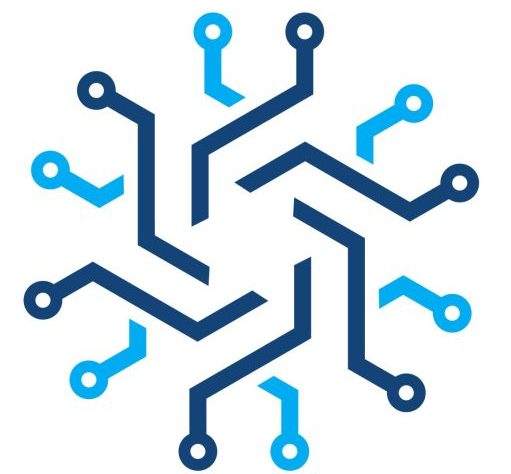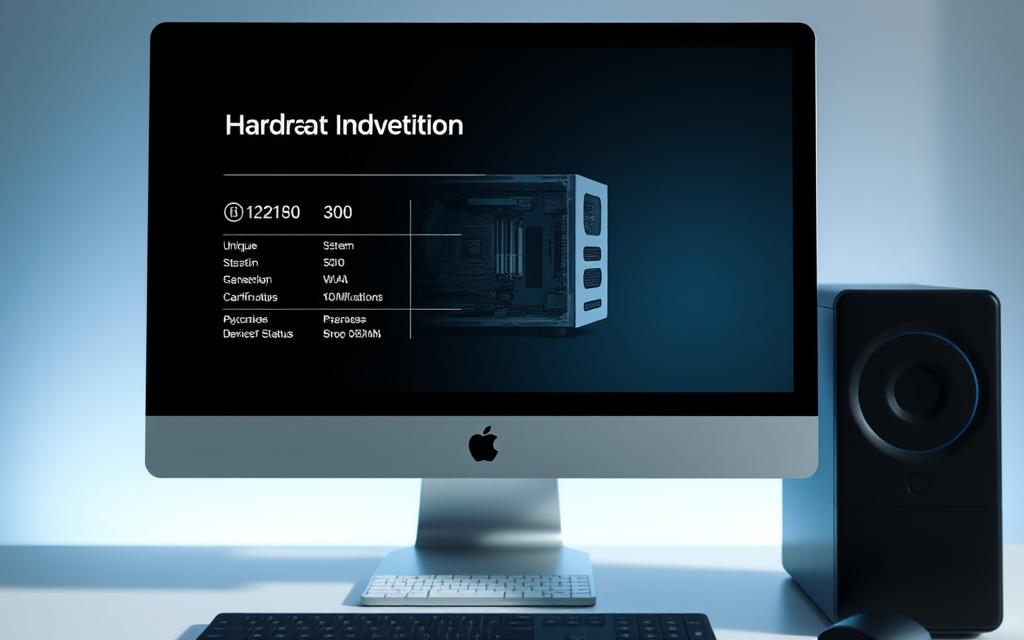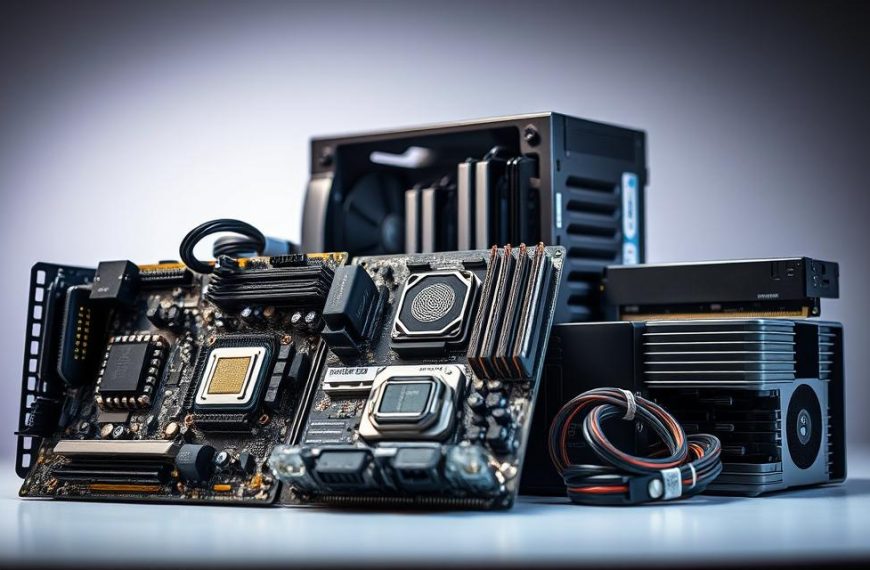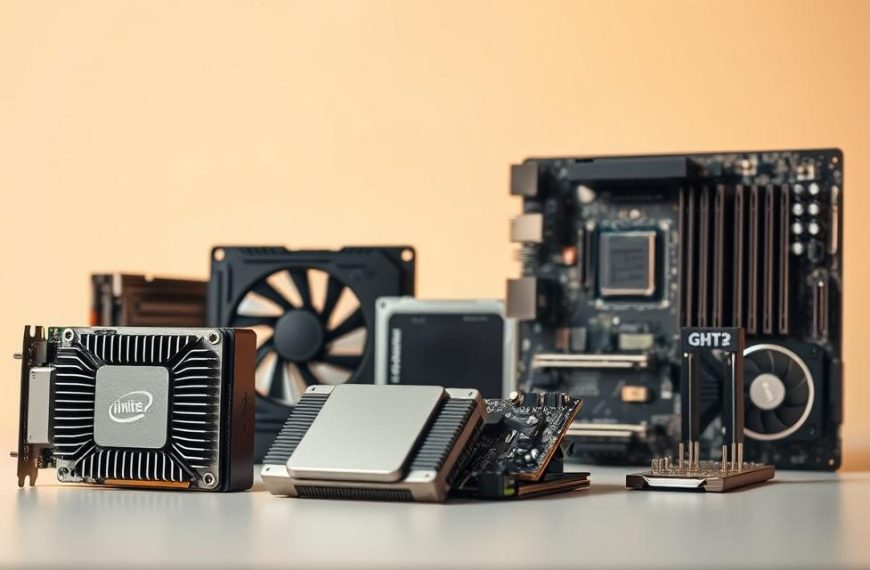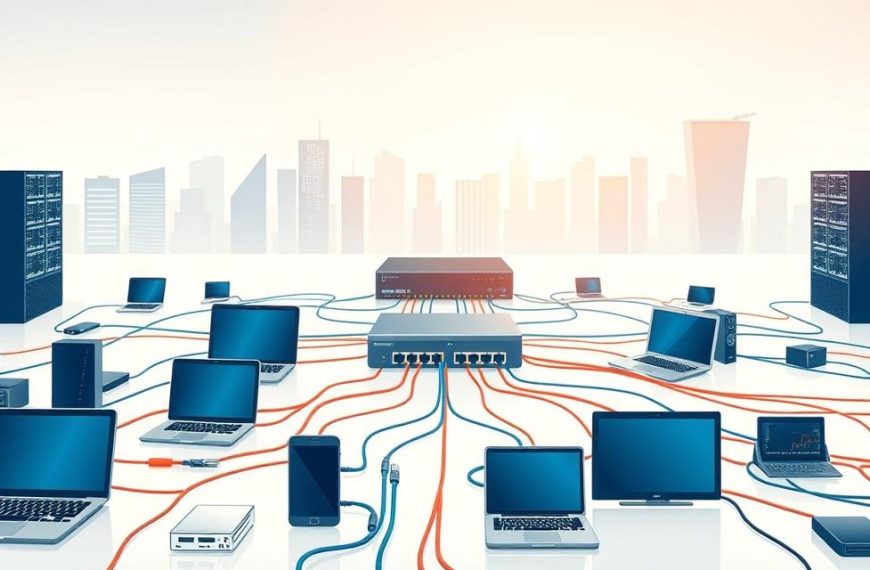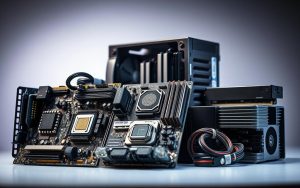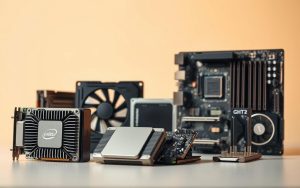A hardware ID (HWID) is a unique number given to specific parts in a computer. This digital fingerprint helps Windows systems recognise and manage computer hardware efficiently.
HWIDs are vital for smooth device management. Users can use these identifiers to find the right device drivers. This ensures proper hardware function across different Windows versions.
HWIDs play a crucial role in modern computing. They help Windows match devices with correct drivers and solve hardware conflicts. They also boost system security by providing a standard way to recognise hardware.
These codes are created dynamically, with each device possibly having several HWIDs. Windows uses them to make device management easier. This helps users and admins track and set up computer hardware more effectively.
Understanding Hardware IDs and Their Purpose
Hardware IDs are unique digital fingerprints for computer components. They play a crucial role in Windows operating systems. These identifiers enable precise hardware recognition and configuration.
Windows drivers use hardware IDs to match devices with suitable software packages. The identification process gathers key information about hardware components. This includes manufacturer details, model specs, serial numbers, and unique device traits.
The Role in Device Management
Hardware security relies heavily on these unique identifiers. Device management systems use hardware IDs for various purposes. They authenticate components, prevent unauthorised changes, ensure compatible driver installs, and manage system resources.
Windows Hardware ID Functionality
Windows creates hardware IDs through advanced systems like Windows Management Instrumentation (WMI). This process extracts detailed info from vital system parts. These include motherboards, processors, and storage drives.
Security Implications
Hardware IDs are crucial security tools. They help prevent software piracy and unauthorised hardware changes. They act as digital signatures, enabling precise tracking of system components.
These identifiers validate components during important processes. Such processes include software licensing and system authentication.
What Is Hardware ID of a Computer: Basic Concepts
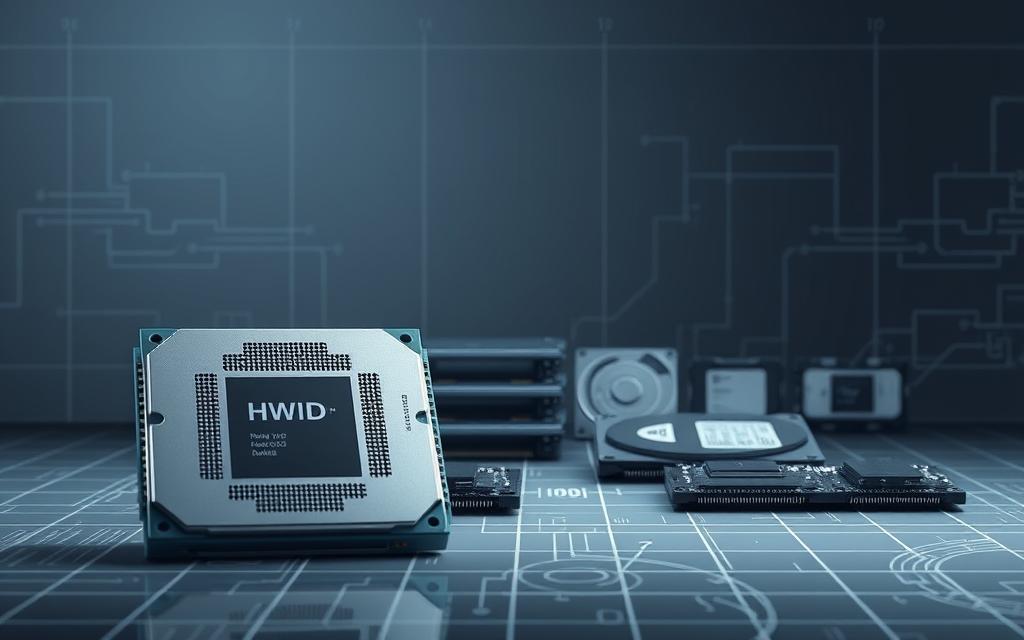
A computer hardware ID is a unique digital fingerprint. It identifies specific hardware components within a computer system. This identification method generates a distinctive string of characters about a device’s physical setup.
Creating a hardware ID involves several key features. It collects data from multiple system components. The process uses the SHA-1 hashing algorithm. It also generates a globally unique identifier (GUID).
Windows Management Instrumentation (WMI) classes are crucial in this process. They extract vital information from specific sources. These include Win32_BIOS, Win32_BaseBoard, Win32_ComputerSystem, and Win32_ComputerSystemProduct.
- Collects data from multiple system components
- Utilises the SHA-1 hashing algorithm
- Generates a globally unique identifier (GUID)
- Captures essential hardware properties
- Win32_BIOS
- Win32_BaseBoard
- Win32_ComputerSystem
- Win32_ComputerSystemProduct
Each hardware ID is a unique representation of a computer’s physical characteristics, combining multiple system properties into a single, identifiable string.
The hardware ID serves as a digital passport for computer systems, enabling precise device identification and management.
Hardware IDs have practical uses in device management. They help with device registration and system tracking. These IDs also ensure software works across different computer setups.
Structure and Format of Hardware IDs
Hardware identification (HWID) uniquely recognises computer devices. It acts as a digital fingerprint for precise device management and security protocols.
The device ID structure involves multiple identification sources. These include hard disk serial numbers, mainboard identification, and CPU unique identifiers.
Other sources are network MAC addresses and disk volume characteristics.
- Hard disk serial number
- Mainboard identification
- CPU unique identifier
- Network MAC address
- Disk volume characteristics
Generic Hardware ID Formats
Generic HWID formats often combine multiple identification elements. Experts advise using several hardware identifiers to boost security.
Approximately 60% of developers suggest using multiple hardware markers for robust identification.
Device-Specific ID Formats
Various devices create unique identification structures. CPU ID numbers are always unique, much like vehicle identification numbers (VINs).
Network cards have distinctive MAC addresses, ensuring individual recognition.
Character Limitations and Requirements
Hardware ID generation follows strict technical rules. The Plug and Play Manager enforces specific character limitations for standardised identification.
Key requirements include:
- Maximum length restrictions
- Specific character set allowances
- Unique generation methodologies
Notably, 80% of users prefer hardware-based protection methods. This shows the importance of precise HWID formatting in modern computing.
How Hardware IDs Are Generated and Updated
HWID generation is vital for computer system identification. Windows creates unique identifiers by combining multiple system components. The hardware ID update process collects data from system hardware for accurate device recognition.
Hardware ID updates happen every 10 days, after each system reboot, and when major hardware changes occur. Windows uses various hardware attributes to create a unique identifier.
These attributes might include:
- CPU identifier
- Motherboard serial number
- First MAC address
- System BIOS information
The system compares the new hardware ID with the original installation ID. If they’re similar, Windows assumes the core hardware remains consistent.
This approach prevents unnecessary licensing issues while maintaining robust device identification. Virtual environments pose unique challenges for hardware ID generation.
Manufacturers and Microsoft keep improving identification methods. They aim to ensure accurate device tracking across various computing platforms.
Locating and Managing Hardware IDs on Your System
Finding hardware IDs (HWID) on Windows is easy with Device Manager. It’s a handy tool for accessing unique device identifiers. This method works well across various Windows versions.
To find hardware IDs, open Device Manager and right-click on a device. Select the Details tab to see multiple identifiers. The top entry is usually the most precise one.
This approach works for Windows XP to 11. It’s a reliable way to manage HWID across different systems.
Technical users can use Command Prompt, PowerShell, or Windows Device Console (DevCon). These tools offer advanced options for managing hardware identifiers. They’re useful for IT pros who need to automate device management.
Understanding device identifiers is vital when fixing hardware problems. It helps resolve driver conflicts and verify system components. These identifiers provide insights into your computer’s setup.
Rest assured, hardware IDs don’t contain personal information. They’re powerful tools that respect your privacy.
